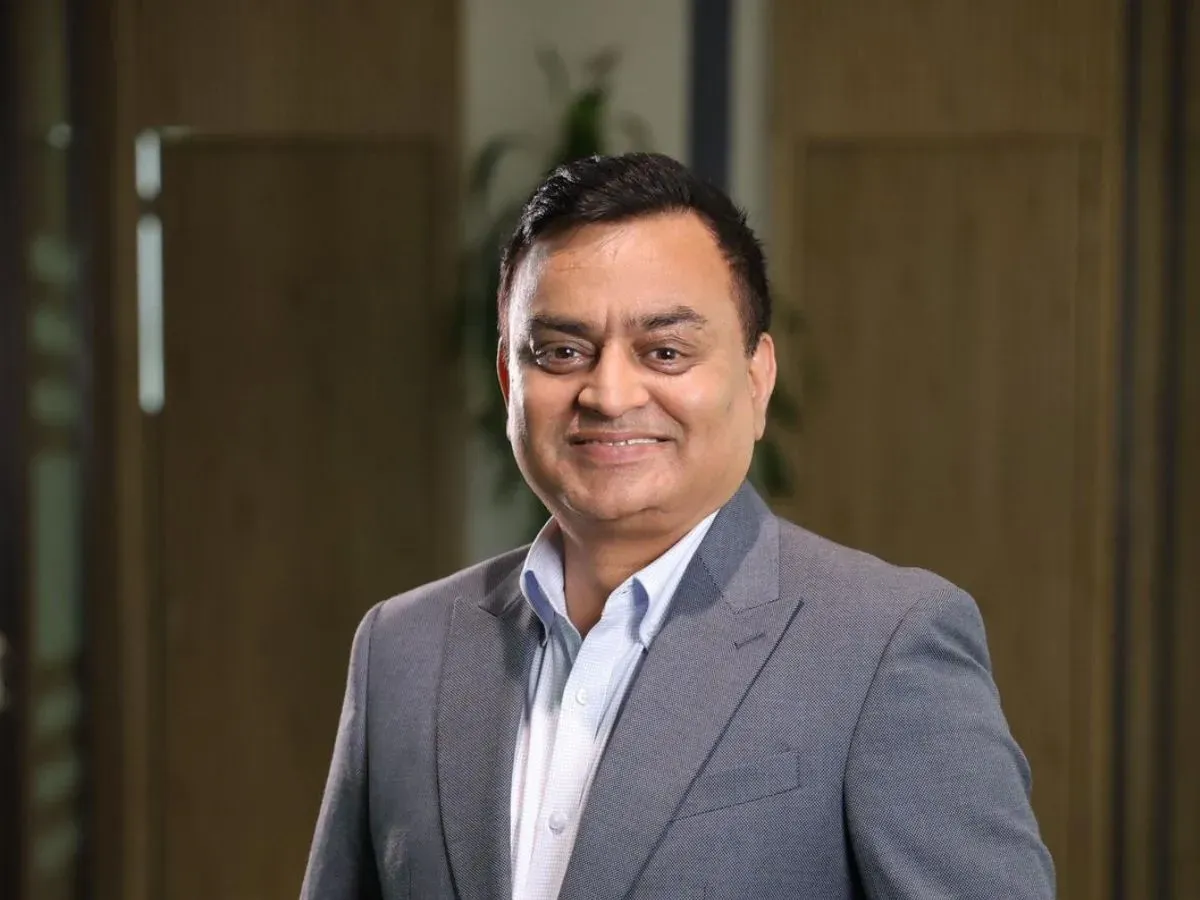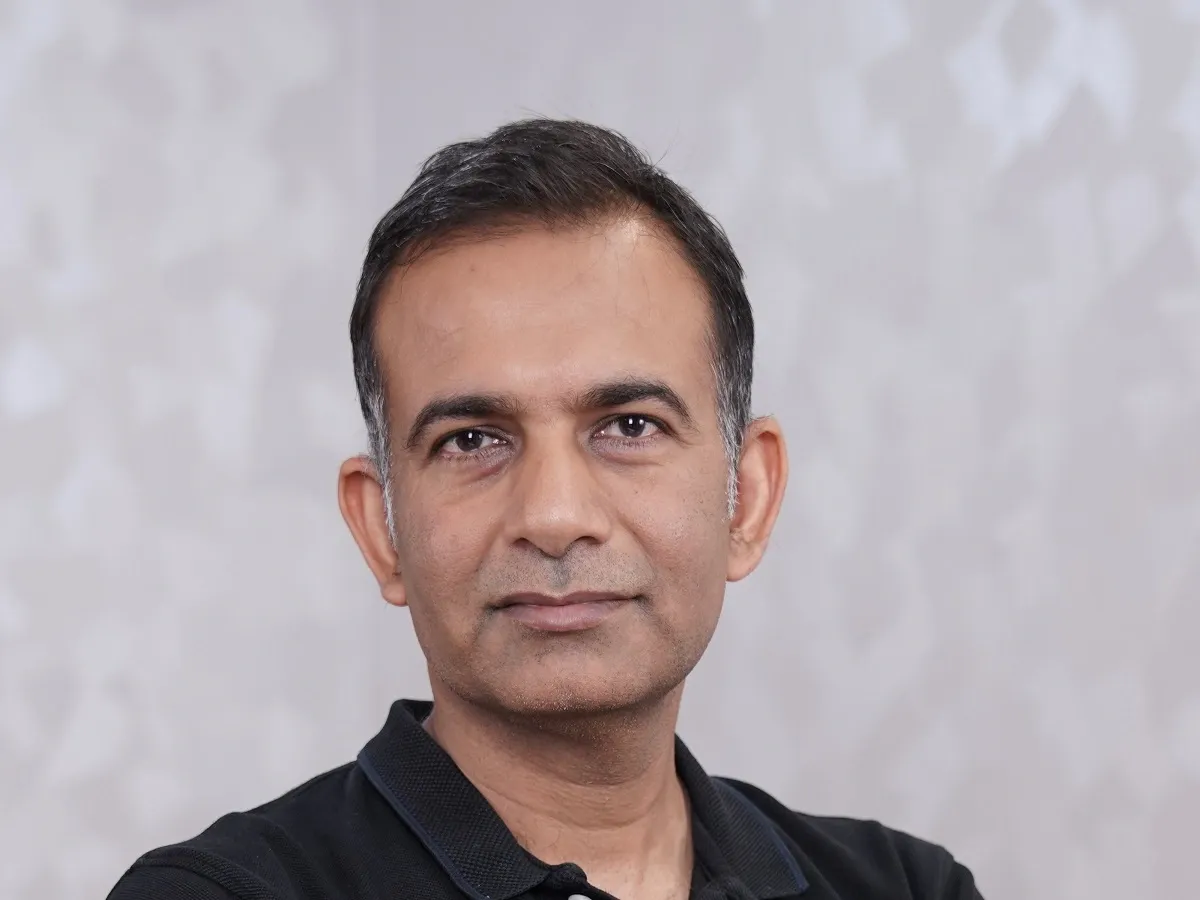Market News
Q1 earnings were tepid; market valuations still on the higher side: Pawan Bharaddia, CIO at Equitree Capital

6 min read | Updated on September 16, 2025, 12:40 IST
SUMMARY
The expert says that the current Indian market is a haven for ground-up stock pickers who can identify businesses that are delivering high growth even in current times and where valuations remain reasonable

Pawan Bharaddia, co-founder and Chief Investment Officer (CIO) at Equitree Capital PMS.
We are in a directionless market currently. The daily oscillations come about on account of various geopolitical announcements. For a definitive direction, markets have been waiting for higher growth to come about. Q1 also saw a tepid growth of about 8-9% in earnings, and at that, valuations continue to be on the higher side so far as indices are concerned.
In this backdrop, the current market is a haven for ground-up stock pickers who can identify businesses that are delivering high growth even in current times and where valuations remain reasonable. Given the confusion in the market where weaker hands look to sell, this is becoming an opportunity for long-term investors to build up high-quality businesses.
The government's GST rate rationalisation is a positive move expected to boost consumption over the next 3-4 quarters. Simplifying tax slabs to mainly 5% and 18% reduces prices on essentials and durables, easing the burden on consumers. Combined with recent income tax cuts, this should stimulate demand and support private capex growth gradually. Overall, this reform aims to enhance consumption-led recovery while improving ease of doing business.
Rather than combining mid- and small caps together, we look at these segments independently. Buoyed by the incessant liquidity over the last couple of years, mid-caps currently trade at ~ 45x TTM P/E, which is a huge 61% premium on their 10-year median. This kind of premium can only be justified in expectation of equally high growth. We believe the sustainability of this premium will get tested in the coming quarters as the market tracks growth in this segment.
Since small caps remain a loosely defined category, we further slice it down into two segments: one above the ₹5000 crore market cap and the other between ₹500 and ₹5000 crore.
Interestingly, both these segments trade at ~35% premium to their 10-year median; however, in absolute terms, the numbers look very different, with the bracket of ₹5000 crore+ market cap companies trading at 33x TTM earnings, while the ₹500-₹5000 cr bucket trades at 23x earnings.
While the broader valuations remain on the higher side, we believe that a large universe of over 1,600 companies in the bucket of ₹500-₹5,000 crore market cap offers far more opportunities where one could look at doing ground-up investing to identify high-growth companies at reasonable valuations.
For example, with an average market cap of ~ ₹2,200 crore, our portfolio trades at 16x PE on FY 26 PAT numbers and is looking to deliver 25% growth.
We are bullish on real economy sectors from a medium- to long-term perspective, specifically manufacturing, engineering, capital goods, auto ancillaries, and select consumer plays. These sectors are poised for strong growth driven by factors such as government initiatives like Make in India and Production-Linked Incentives, rising domestic consumption, infrastructure development, and technological advancements.
The tourism sector is certainly transforming. With the availability of infrastructure – roads, airports, better hotels, etc. – we are seeing a huge uptick in domestic tourism. In fact, according to the latest Economic Impact Trends Report by the World Travel & Tourism Council (WTTC), India has made a significant leap from its previous tenth position to the 8th spot among the world’s biggest tourism economies in 2025.
Needless to say, this sector should emerge as a solid wealth creator going ahead.
We deploy a rigorous “private equity approach” to investing in listed micro- and small-cap companies, which we can understand reasonably well.
We are completely focused on investing in small-cap firms (₹500 - ₹5000 crore) that are at an inflection point to deliver a high CAGR of over 25%. Being deep value investors, we generally look to buy into these companies where valuations are close to their historic averages, with PEG always being less than 1.
At that, we are extremely long-term investors with an average holding period of over 5 years, allowing the businesses to compound and, resultantly seeing the compounding getting mirrored on the investment as well. This itself generally results in generating a minimum IRR of over 25% on our investments without having to play the market or continuously churning.
For records, as of the end of August ’25, our strategy has delivered 42% TWRR returns over the last five years, putting us up amongst the top 10 best-performing PMSs in India across all strategies.
Related News
About The Author
Next Story



